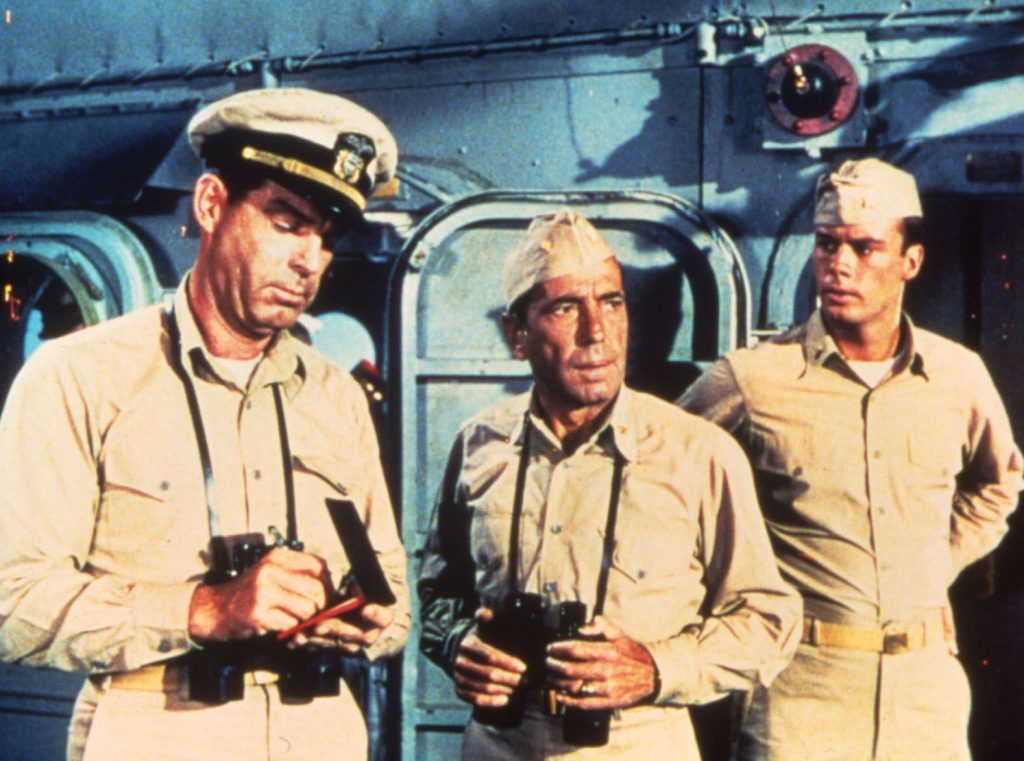For over 20 years in the 19th century, the Washington Monument stood unfinished. The group assembled to construct it ran out of funds while the architect who had first proposed it died, so there it stood as a disassembled, unsure ode to a fledgling country. Centuries later, this image — of the Washington Monument, unmistakably defined against green grass and blue sky, but crumbling — has come to represent more than just that in film.
Alex Garland’s newest film Civil War, follows a long line of films that write America’s political and economic strife in broad strokes across the devastated capital city. Like the films that came before Garland’s, the drama sees a very particular form of violence enacted. Pristine government buildings are flattened with frightening ease; marble columns and domed roofs splintered amidst single orange-tinted blasts. This high-budget violence is shorthand for a particular kind of destabilisation, one that exposes a whole intricately-set-up world order as something shaky. The laws that bind our worlds are closer to fiction than fact.
2013 saw the release of both White House Down and Olympus Has Fallen, offering two takes on the same premise: the White House is invaded, the President is kidnapped and one man (armed with military training and personal motivations) must return this public servant back to his countrymen. This trend followed Obama’s anticlimactic reelection into office in 2012, and his markedly unsuccessful return to office. In the same year, his proposed health care plan was upended by a poorly constructed website and staunch public ridicule, prompting a 15-day long government shutdown. All this to say, the glow of his initial election in 2008 (which had been soundtracked by the repetition of his affirming slogan: “Yes, we can!”) had worn off. The promises he made were brightly colored balloons, now burst or deflated and strewn across a country already a mess of unmet promises.

In some ways these films gave tangible weight to the disappointment of a public body that had never really met the needs of their public. Rather than staring into the dark void of American political history, filmmakers offer audiences something frothy and violent — a singular event to hang their worries upon. Antoine Fuqua’s Olympus Has Fallen articulated this same demographic’s growing unease with foreign diplomacy in broad and bloody ways. Former secret service agent Mike Banning (Gerard Butler) must kill the North Korean spies, led by the ruthless Kang (Rick Yune), who are holding the President (Aaron Eckhart) hostage and using (shockingly) gruesome means to extract his nuclear missile codes. Such a plot is proof of the nationalistic ideals that sit beneath Hollywood action films, one that transposes country rivalries onto a good and bad, hero and villain, binary. All of it is positioned to serve the conflicting, dualistic notion that America is vulnerable sometimes because, sometimes in spite of the fact, that America is exceptional. As the titles of these 2013 outings suggest, from this lofty position, the only place to fall is down.
Roland Emmerich’s White House Down more honestly examines the reality of the American political landscape by crafting a story where the right-wing Congressmen are the villains. Only a year later, Captain America: The Winter Soldier would similarly frame government heads as the antagonists, poisoning institutions from within. Marvel studio’s brand of computer generated action on green screened soundstages famously produces a sludgy, stony look of grey and brown hues that fits central Washington D.C. ‘s map of cold, expressionless government buildings. Yet the Anthony and Joe Russo-directed sequel opens with Steve Rogers (Chris Evans) and Sam Wilson (Anthony Mackie) racing around the Lincoln Memorial Reflecting Pool. An early morning pink bounces atop the still water, and the men’s silhouettes are like ants dipping in and around serene landmarks. It is a strangely reserved start to a superhero film, one that is then steeped in the genre’s infamous fight scenes; they show us the city before unceremoniously splitting it apart in more predictable ways.
All of these movies owe something to Emmerich’s Independence Day, an explosive action film in every sense. Independence Day defined the summer blockbuster season of 1996 (becoming the second highest grossing film at that point), and did so by optimistically imagining the unity that would arise from the ashes of global destruction. Yet there is very little time spent imagining the world; the story is locked within the American borders, apocalypse expressed in the evocative image of a spaceship’s shadow inching across the manicured lawn of the National Mall. When the world-saving mission occurs in the film’s final act, it is ushered in with President Whitmore’s (Bill Pullman) rousing speech: “Perhaps its fate that today is the 4th of July and you are once again fighting for our freedom.”
More so than most cities, D.C. is presented as glistening and preserved. The (inaccurate) image Hollywood offers is one locked in time, laminated and immovable, and when it shatters, this destruction is proof of something more fundamental breaking. Action films argue that when D.C. is the setting of their violent set pieces, it is proof that the base of the world has cracked, leaving its marble casing to flake away.



